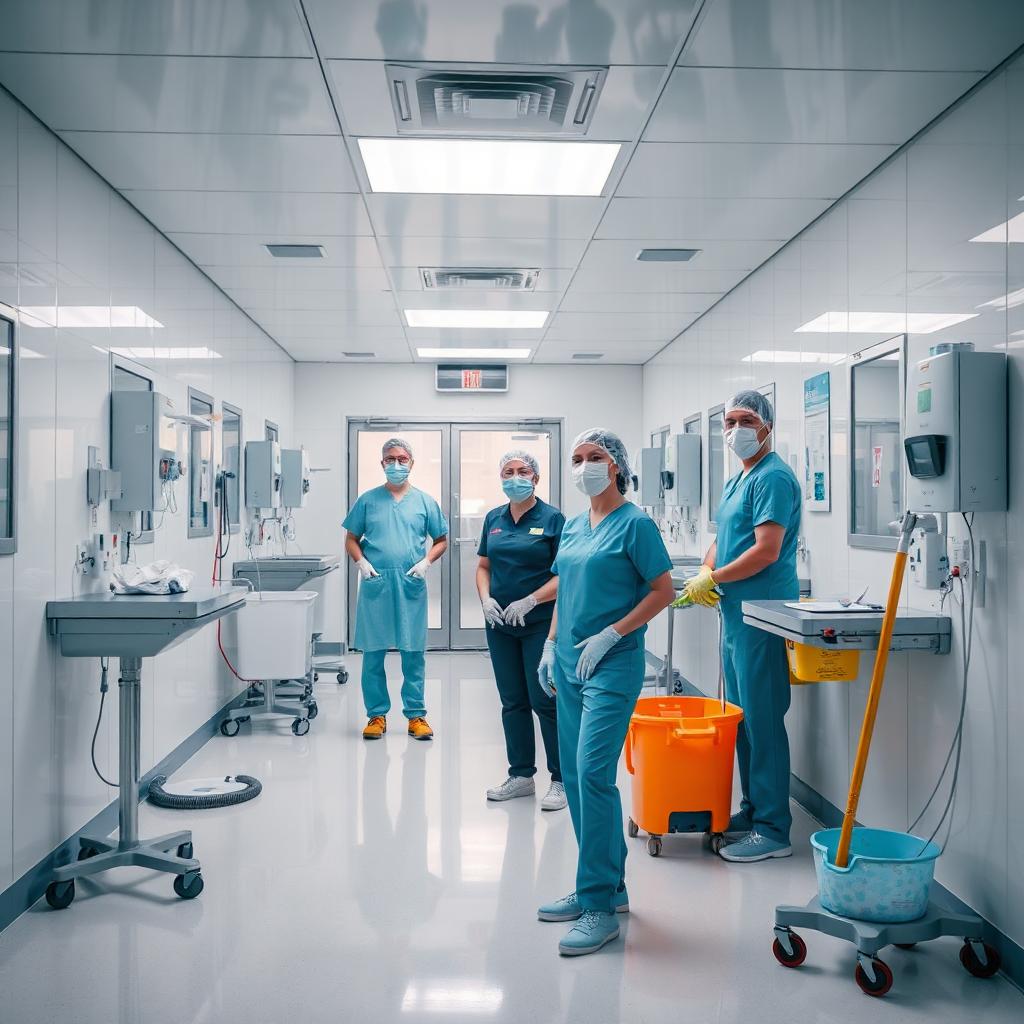
In the current context of Mexico, where food security and public health protection are essential priorities, the control of pathogens such as Streptococcus pneumoniae becomes even more critical. This bacteria, known for causing serious respiratory illnesses including pneumonia, otitis, sinusitis, and meningitis, poses a significant risk in various settings, especially in food service and healthcare establishments. The presence of S. pneumoniae in these environments can trigger outbreaks, damage the reputation of businesses, and most importantly, endanger lives. Therefore, having specialized services and effective pest control and sanitation strategies is vital to reduce these risks and ensure safe environments. In this scenario, Fumigaciones JJMITERI positions itself as a key partner, providing comprehensive solutions to keep spaces free of vectors and dangerous microorganisms.
The Real Risk of Streptococcus pneumoniae
Streptococcus pneumoniae is a bacterium that commonly colonizes the throat and upper respiratory tract of healthy individuals, but it can become highly dangerous when infecting vulnerable populations such as children, the elderly, immunocompromised individuals, or people with chronic illnesses. The bacteria are primarily transmitted through droplets of saliva or mucus expelled when coughing, sneezing, or talking, but can also be transmitted via contaminated surfaces.
Although it is generally associated with respiratory infections, S. pneumoniae can be found in various environments where pests, rodents, and insects are present, acting as vectors. These vectors, in addition to transmitting other diseases, contaminate surfaces, utensils, and food, facilitating the spread of dangerous bacteria in restaurants, hospitals, clinics, care centers, and the food industry in general.
Why is pest control key to preventing infections?
Pest control is not just about eliminating rodents, insects, or other animals that damage infrastructure; it is also a preventive strategy to reduce the transmission of pathogenic microorganisms, such as S. pneumoniae. For example, rodents carry and transmit bacteria on their paws, fur, and feces, contaminating food handling areas or spaces where vulnerable people reside.
Furthermore, in hospital settings, the presence of pests can complicate infection control measures and increase the risk of patient complications. That's why keeping facilities free of vectors through effective control is a priority to minimize risks and protect everyone's health.
What can Fumigaciones JJMITERI do for your company?
Fumigaciones JJMITERI offers a specialized and comprehensive approach to pest and vector elimination, enhancing hygiene levels in various environments and ensuring safe, healthy spaces. Their services include:
Professional pest and vector control: Modern, safe techniques to eliminate rodents, insects, and other agents that can transmit dangerous microorganisms, including S. pneumoniae.
Hygiene programs and training: Ongoing staff education to promote hygienic practices, proper food handling, and correct use of facilities.
Monitoring and follow-up: Regular inspections to detect any pests or biological contamination risks early, ensuring a consistently clean and safe environment.
Infrastructure and cleaning protocol advice: Specific recommendations to improve hygiene conditions in each space, in compliance with current health regulations.
This comprehensive approach not only eradicates pest presence but also reduces microbiological contamination risks in any environment, protecting the health and safety of workers and consumers.
The Importance of Prevention and Working Together
Maintaining environments free of Streptococcus pneumoniae and other pathogens requires a coordinated effort among businesses, hygiene and control managers, and pest control experts like JJMITERI. Prevention is the best strategy, which involves not only applying targeted treatments but also fostering a culture of hygiene and continuous care.
Training personnel in hygienic practices, proper food handling, and correct use of facilities is crucial to minimize contamination risks. Additionally, implementing rigorous cleaning protocols with regular supervision helps maintain proper hygiene levels, limiting the presence of vectors and dangerous microorganisms.
Active collaboration among different areas of a business and specialized pest control services is essential to ensure safer environments in hospitals, food facilities, and health-related businesses. Combining these actions with ongoing monitoring creates an environment where the spread of S. pneumoniae and other dangerous bacteria is significantly minimized.
Regresar al listado